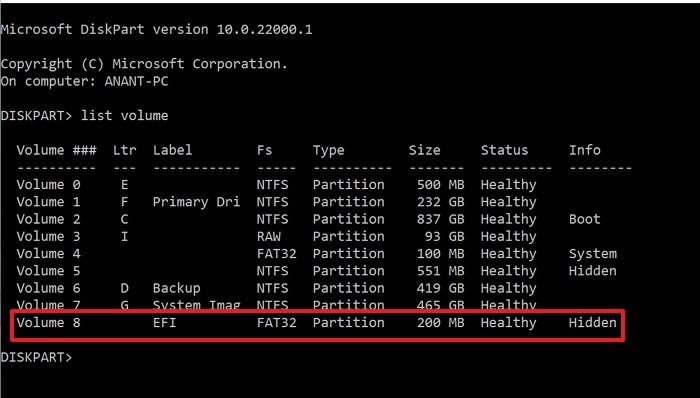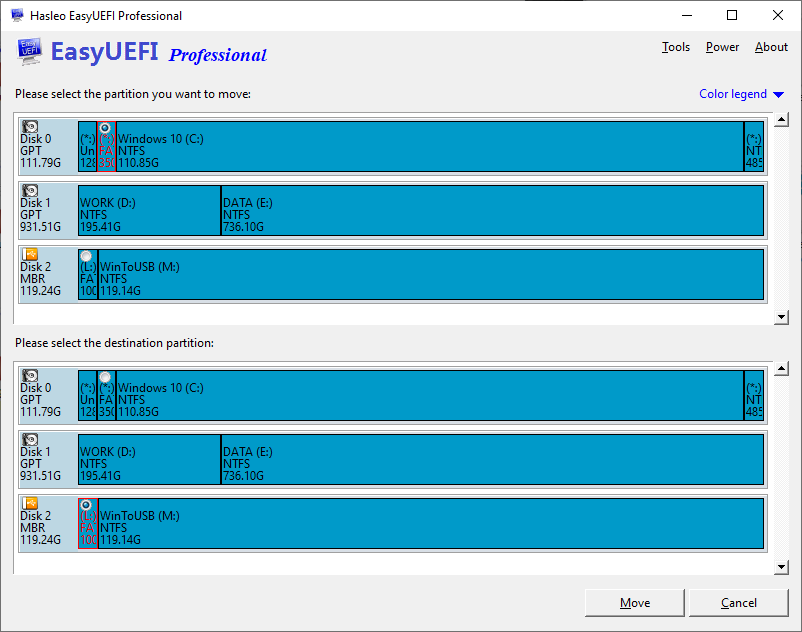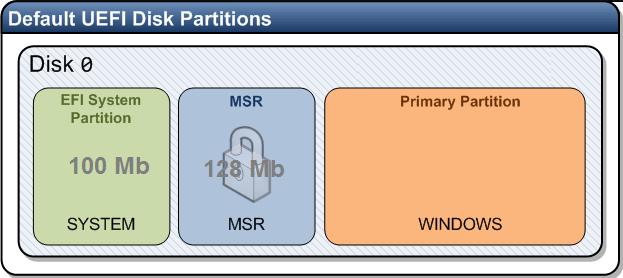

Type list disk and press Enter to view the list of disks connected to the system. This will launch the diskpart command where advanced partitioning task is done. Once the Windows opens type diskpart and press Enter. If you are using Windows 7, you have to search for Command Prompt shortcut in the Start Menu and select Run as Administrator. On Windows 8 and 10, right click on the Windows icon and select Command Prompt (Admin). Let’s start the process by opening the Command Prompt (Admin).

The entire partition table will be removed. To delete the EFI protected partition, you have to wipe the entire drive along with other partitions on the drive. You can do this on all version of Windows. To open the Disk Management Tool hit Windows + R and type diskmgmt.msc. If you enter a wrong disk number, obviously you’ll be removing the wrong disk. So be careful while writing the disk number. The system might show the external drive you want to remove as Disk 2, but actually the 3 rd from the list. The numbering of the disks starts from 0 (Zero). To make a note of the Disk number you want to delete. There is one use of Disk Management Tool in this process. If the backups are in Time Machine format and cannot access your Mac machine, you can restore them on Windows. Do take a copy of all your documents before you start wiping the drive.

This will clean the entire data from the drive and start again with a new partition table. The method that we are talking about, doesn’t delete the partition alone. You have to try something more than Disk Management Tool to get that 200-MB partition for re-use. And when you try to delete it, it simply refuses. When you are done with Time Machine backup and no longer using it for the same. There is only one reason for you to want that partition. If you are using that 200-MB partition for Time Machine backup, then let it be. On the other hand, a ‘GPT protective partition’ or ‘EFI system partition’ is created at the starting of the external drive by Mac OS X when setting up Time Machine. The partition is required and is sealed for a reason. If you are using Boot Camp to boot into Windows from your Mac, then you will notice an EFI System Partition when you start your Mac machine. Read on to know why they are protected and how to delete them.ĭo not try this on the internal drive of your Mac system. When you try using Disk Management Tool to delete these partitions, you’ll see that the Delete Volume option do not function. For instance, Mac reserves or creates 200 MB partition at the time of setting up a Time Machine backup on an external drive. These are EFI system partition or GPT protective partition. There are some partitions on the drive which are protected and cannot be deleted just like.


 0 kommentar(er)
0 kommentar(er)
